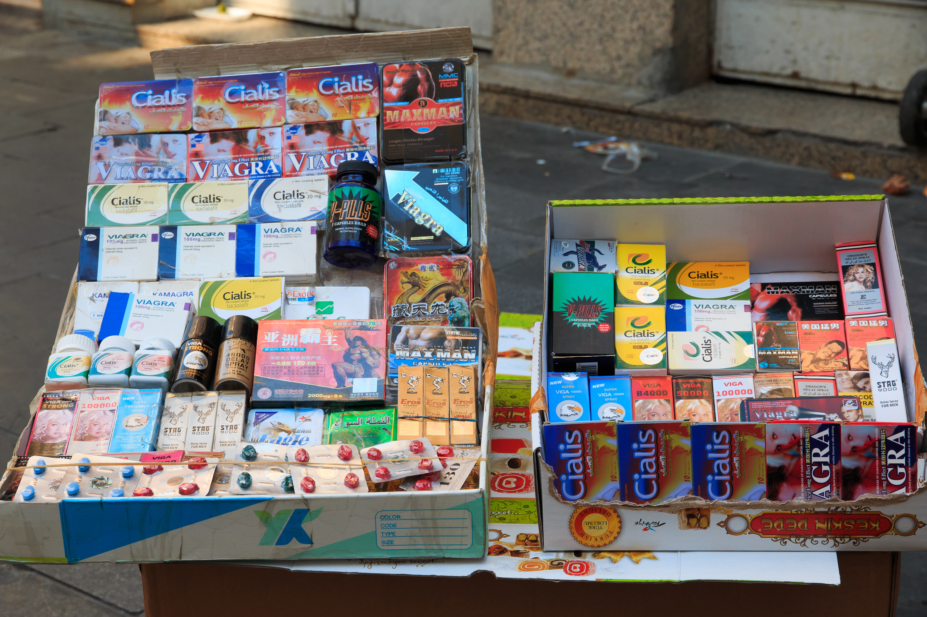
Shutterstock.com
The National Pharmacy Association (NPA) has released a brief guide to the European Union (EU) Falsified Medicines Directive (FMD).
The directive, which will be fully implemented into UK law on 9 February 2019, requires all prescription medicine packs to feature a unique 2D barcode and a tamper-proof seal. Before a medicine pack can be dispensed, the barcode must be scanned to confirm that the medicine is genuine and registered in the UK Medicines Verification System.
The NPA’s brief guide includes answers to some common questions pharmacists raise about how FMD will operate within the pharmacy.
A recent survey by The Pharmaceutical Journal found that while there was widespread support from pharmacists for FMD in principle, many uncertainties remained about how the directive would operate in practice.
Raj Patel, board member at the NPA, said that “crucial details from government about the final shape of FMD” were still being awaited, and that the sector also needs guidance about the position post-Brexit and assurances on funding.
“This means that the pharmacy sector can’t yet make major investment decisions in relation to FMD”, he added. “In turn, this makes a February 2019 implementation date challenging, to say the least. Unless the government fills the information gap soon, a challenging deadline will become an impossible deadline.”
The NPA’s brief guide to FMD is available at https://www.npa.co.uk/wp-content/uploads/2017/12/EU-Falsified-Medicines-Directive-guide.pdf
More information about FMD is available from the UK FMD Working Group for Community Pharmacy’s website.
Falsified Medicines Directive
The Falsified Medicine’s Directive (FMD), which comes fully into force in February 2019, introduces EU-wide legislation to help prevent counterfeit prescription medicines entering the pharmaceutical supply chain. “Falsified” covers not only counterfeit medicines, but also false information about a medicine’s source. FMD will not cover non-prescribed medicines, with the single exception of omeprazole.
All medicines packs will be tamper-proof and will feature a 2-D barcode, as well as a manufacturer product code, a randomised unique serial number, batch number and expiry date.
Since 2011, the Royal Pharmaceutical Society and other stakeholders have been acting to ensure that the FMD will function in accordance with UK law, in a way that ensures patient safety, whilst minimising disruption to existing pharmacy practise.
The RPS has been acting on FMD since 2011, when it set up a multidisciplinary, cross-sectorial, GB-wide working group to develop policy. Later, in July 2014, the Society hosted and chaired the first FMD stakeholders networking meeting, at which 13 countries were represented by 100 delegates. At this meeting, implementation challenges for FMD were discussed, and presentations from the three main software providers were made.
Specific features of FMD in the UK lobbied for and achieved by the RPS and other stakeholders include:
- Extension of the originally-proposed two-day window for scanned products that are not collected by a patient to be returned to stock. This has been increased to ten days. Under FMD medicine not collected within the window will have to be destroyed, so extending the time limit reduces wastage.
- Agreement on the form of the European Stakeholder Model, which lays out a EU-wide format for how medicines can be verified, and on the European Medicines Verification System (EMVS), which guarantees authenticity from manufacturing to dispensing (the “end-to-end” system)
- Inclusion of human readable data alongside the 2-D barcode, so that pharmacists can continue to help patients if scanners break down or if the barcode is damaged.
- Full repackaging of imported medicines, rather than addition of new barcodes to existing packaging. Multiple barcodes could result in incorrect barcodes being scanned, triggering a false exceptional event.
- Greater flexibility offered to hospitals on the timing of medicines decommissioning. FMD requires medicines to be decommissioned at the point of dispensing. In hospitals – particularly in A&E, and where single doses are administered – this isn’t practical. Following lobbying, hospitals (unlike community pharmacies) will be able to decommission upon delivery, and then store medicines.
- Use of a single workstation. FMD originally required two, one for decommissioning and one for dispensing. RPS argued that this was unnecessary, costly, and increased the chance of technical failures disrupting processes. Successful lobbying led to agreement that all tasks can be performed on the Patient Medical Record (PMR) computer.
In addition, the RPS continues to call for the addition of safety information (including batch code, expiry dates and potential interactions) into the 2D barcode, alongside authentication data.


